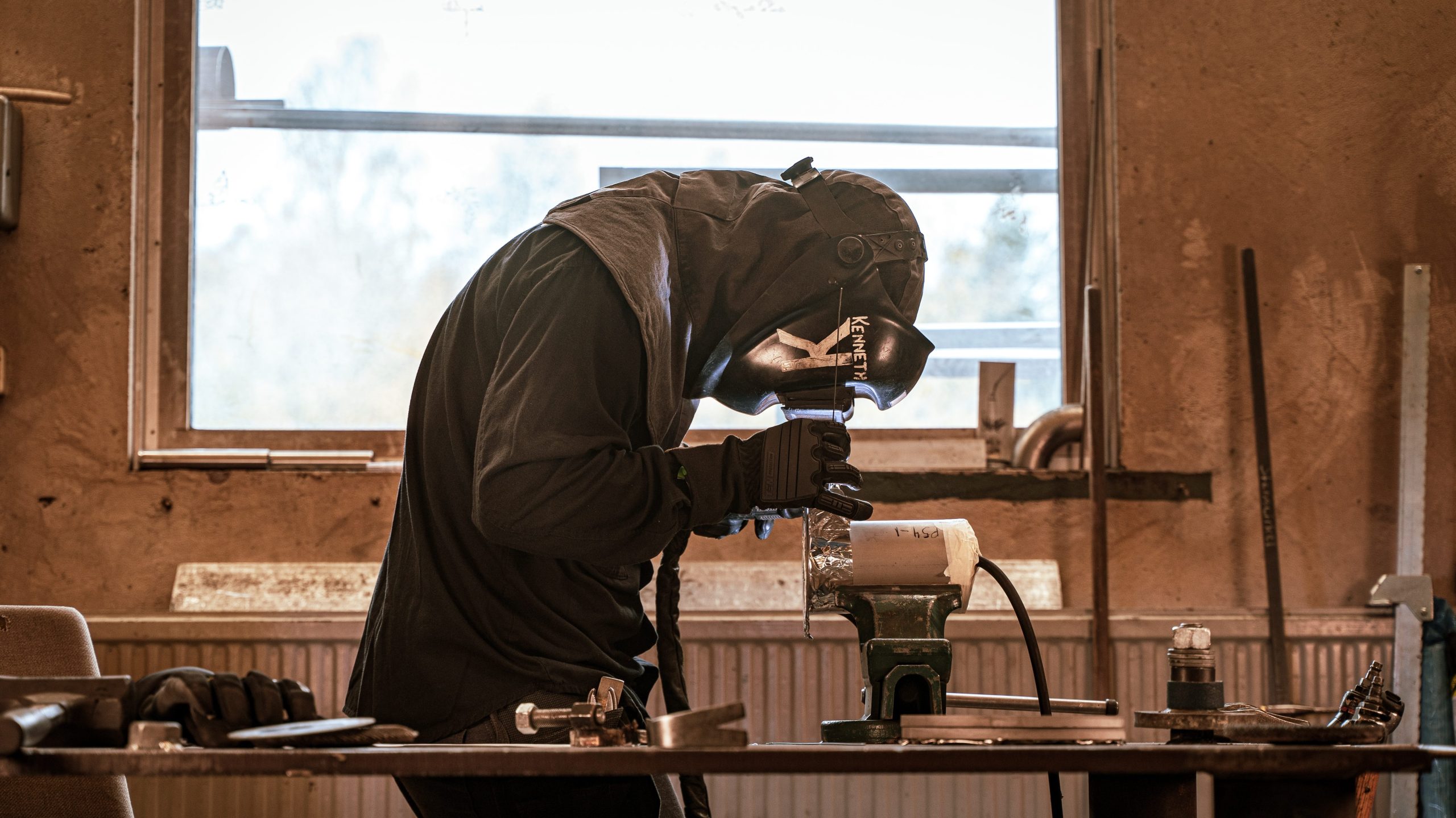
The Intricacies of TIG Welding
TIG (Tungsten Inert Gas) welding, also known as GTAW (Gas Tungsten Arc Welding), is a popular welding process known for its precision and versatility. This method utilizes a non-consumable tungsten electrode to produce an arc, which in turn melts the base metal. An inert shielding gas, typically argon or helium, is used to protect the weld pool from contaminants, ensuring a clean and strong weld.
TIG welding is highly regarded for its ability to join a wide range of metals, including stainless steel, aluminum, and even more exotic materials like titanium. But why is TIG welding such a sought-after skill? Let’s dive into the factors that make this welding technique stand out.
Key Advantages of TIG Welding
One of the primary benefits of TIG welding is its superior control and precision, which allow for high-quality welds on thin materials. This type of welding is also known for its clean, aesthetically pleasing results due to the absence of slag and spatter. Additionally, TIG welding offers flexibility, as it can be used with or without filler metal, depending on the desired outcome.
Furthermore, TIG welding provides a safer working environment since it produces less fumes compared to other welding processes. This is a significant advantage when considering the importance of safety in welding.
Essential Equipment for TIG Welding Success
To become proficient in TIG welding, it’s vital to invest in proper equipment and safety gear. A reliable TIG welding machine, torch, and foot pedal are the foundation of any successful TIG setup. Additionally, safety equipment needed for welding is crucial to ensure a secure work environment.
High-quality gloves, a welding helmet with auto-darkening features, and protective clothing are essential to stay safe while working. Lastly, remember to follow tips for staying safe while welding to minimize risks and maintain a secure workspace.
TIG Welding Techniques and Tips
Mastering TIG welding requires practice and patience. Here are a few techniques and tips to help you on your journey:
- Clean your materials: Ensure the surfaces you’re welding are clean and free of contaminants.
- Choose the right tungsten: Select the appropriate tungsten type and size for the material you’re welding.
- Control the heat: Use a foot pedal to regulate the amperage and control the heat input.
- Maintain a consistent torch angle: Hold the torch at a consistent angle to ensure even heat distribution and prevent contamination.
- Focus on the weld pool: Pay attention to the weld pool to achieve a smooth, even bead.
Remember that practice makes perfect, so keep working on your TIG welding skills to hone your expertise.
TIG Welding in Various Industries
TIG welding plays a crucial role in multiple industries, such as welding in construction, welding in manufacturing, and welding in the automotive industry. Its precision and clean results make it the preferred method for creating high-quality welds in critical applications.
Artists and sculptors also favor TIG welding for its ability to create intricate and visually appealing pieces. The art of welding in sculptures is a testament to the finesse and adaptability that TIG welding offers.
Training and Certification for TIG Welding
To become a successful TIG welder, proper welding training and certification are essential. Many vocational schools, community colleges, and trade schools offer courses specifically focused on TIG welding. Gaining hands-on experience and working under the guidance of experienced professionals can significantly improve your skills.
Obtaining a TIG welding certification not only validates your expertise but can also open doors to lucrative jobs in the welding industry. Certified welders can expect a higher salary and better job outlook compared to those without certification.
In Conclusion
TIG welding is a highly precise and versatile welding process, making it an invaluable skill to master. From the automotive industry to art and sculpture, TIG welding plays a pivotal role in creating strong, clean, and aesthetically pleasing welds. By investing in proper training, equipment, and safety gear, you can set yourself on a path to success as a TIG welder.
Frequently Asked Questions
Q: What is the primary shielding gas used in TIG welding?
A: Argon is the most commonly used shielding gas in TIG welding due to its excellent arc stability and compatibility with a wide range of metals.
Q: Can TIG welding be used on all types of metals?
A: TIG welding is highly versatile and can be used on various metals, including steel, stainless steel, aluminum, titanium, and more.
Q: How does TIG welding differ from MIG welding?
A: While both TIG and MIG welding use an electric arc to create a weld, TIG welding uses a non-consumable tungsten electrode and often requires a filler metal, whereas MIG welding utilizes a consumable wire electrode.
Q: Is TIG welding suitable for beginners?
A: TIG welding can be challenging for beginners due to its precision and the need for excellent hand-eye coordination. However, with proper training and practice, anyone can master TIG welding.
Q: How can I improve my TIG welding skills?
A: To improve your TIG welding skills, invest in quality equipment, seek professional training, practice regularly, and always prioritize safety.
